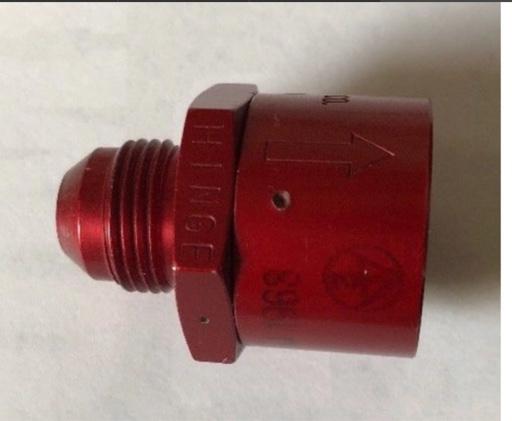sarangan
Pattern Altitude
- Joined
- Jun 7, 2008
- Messages
- 1,896
- Display Name
Display name:
Andrew, CFI-I
Our club 182 has been experiencing unequal fuel draw from the tanks. It has been drawing more fuel from the left tank than the right. Running it on left or right separately seems to work fine, but "Both" seems to draw mostly from the left tank. This has been getting worse over time. The last pilot reported landing with nearly empty on the left side with fuel spilling over from the right. The vent tubes was identified as a potential cause. The left vent is behind the strut, as expected, but the right side seems to be slightly displaced, facing the relative wind. But I am not totally convinced this has anything to do with our problem because there is no evidence that this has been tampered with recently. I am suspecting the problem is with the fuel selector valve. The mechanic was suggesting that we fly with left and right instead of both. Parts availability, lead times and busy flying season was cited as reasons for postponing this maintenance. My recommendation was to ground the plane, but I wasn't sure if that is overly conservative. Any thoughts?

